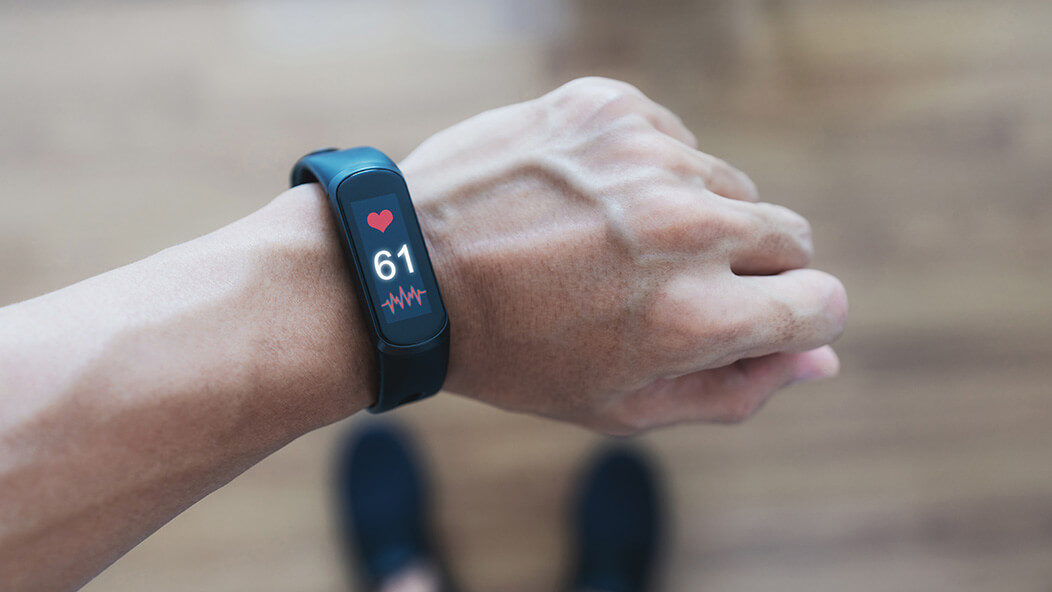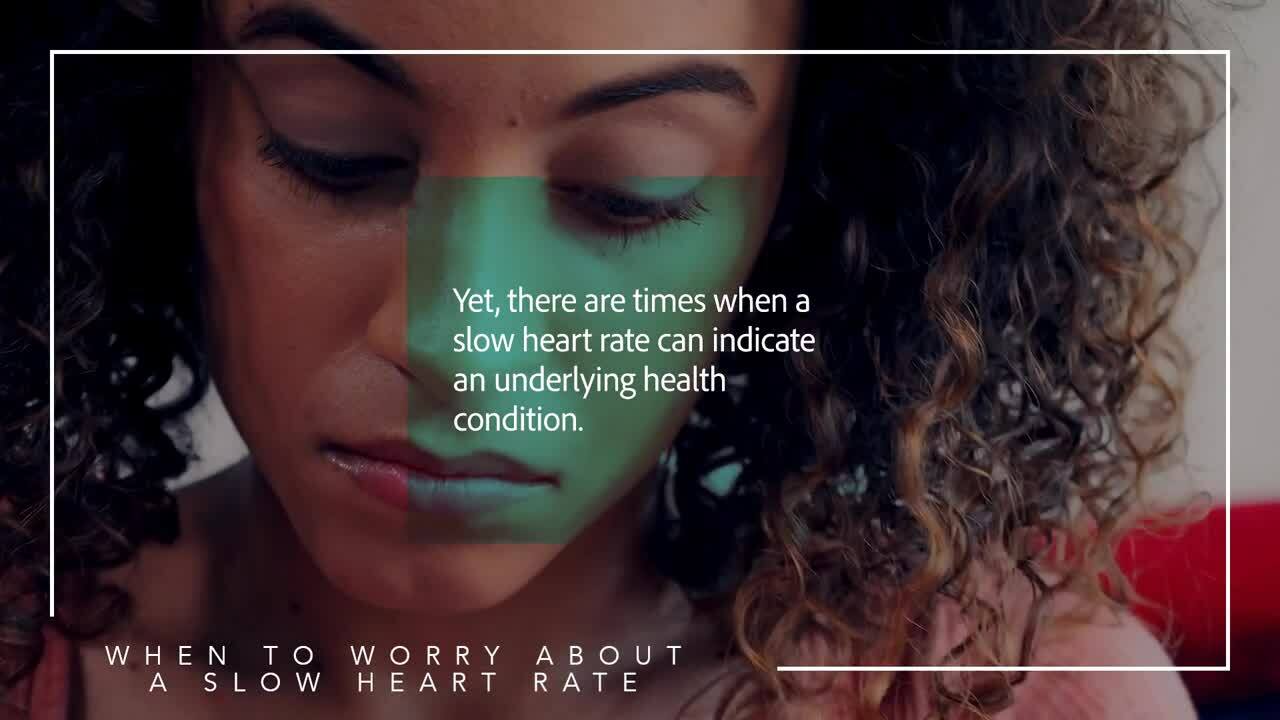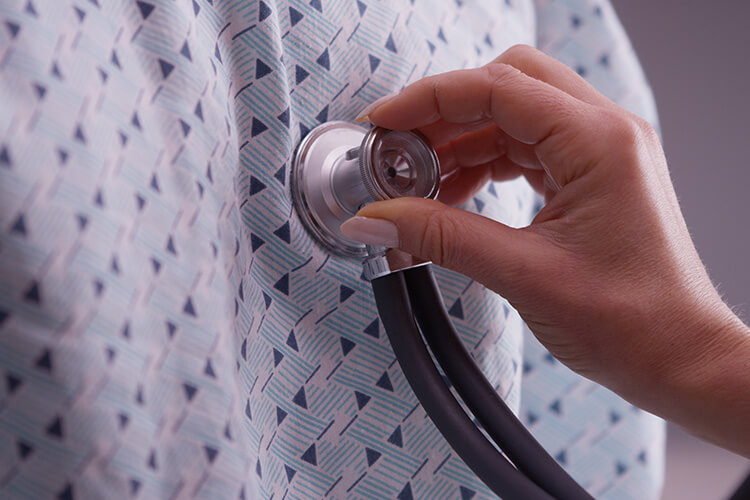Join Our eNewsletter!
Subscribe to our monthly newsletter to receive encouraging advice to help you lead a healthy lifestyle.

When to Worry About a Low Heart Rate
A slow heart rate, also known as bradycardia, occurs when the heart beats fewer than 60 times per minute. While this can be normal for well-trained athletes, a low heart rate in non-athletic individuals may be a sign of an underlying health concern. Understanding when a slow heart rate is dangerous can help you decide whether you need to seek medical attention.

What Is Considered a Normal Rate?
A normal resting heart rate for most adults ranges between 60 and 100 beats per minute (BPM). However, factors such as age, fitness level, and overall health can influence this number. Well-trained athletes often have lower resting heart rates, sometimes as low as 40-50 BPM, due to their heart’s increased efficiency. In general:
- Children (ages 6-15): 70-100 BPM
- Adults (ages 18 and older): 60-100 BPM
- Athletes: As low as 40 BPM, depending on conditioning
If your heart rate consistently falls outside this range and is accompanied by symptoms, it may be worth discussing with a healthcare professional.
What Is Considered a Dangerously Low Heart Rate?
A resting heart rate below 60 beats per minute (BPM) isn’t always a cause for concern. However, a heart rate below 50 bpm in non-athletes, or one that drops below 40 while you sleep, could mean there’s an underlying health issue. Sinus bradycardia, a type of slow heartbeat originating in the heart’s natural pacemaker, is often benign, but when it is accompanied by symptoms, it may require evaluation.
Other causes of low heart rate include an atrioventricular block, age, and certain conditions such as inflammation of the heart muscle, low thyroid function, electrolyte imbalance, obstructive sleep apnea, or heart attack due to coronary artery disease.

Symptoms of Bradycardia
Not everyone with a low resting heart rate will experience symptoms of bradycardia, but if you notice the following, you should consult a medical professional immediately:
- Dizziness or lightheadedness
- Fatigue
- Shortness of breath
- Chest pain
- Confusion or memory problems
- Fainting (syncope)
If you experience any of these symptoms, don’t wait – schedule an appointment to be seen by a professional as soon as you can.
Causes of a Low Heart Rate
There are several reasons why a person may develop bradycardia:
- Age-related changes: The heart's electrical system can slow naturally with age.
- Heart disease: Conditions like coronary artery disease or a previous heart attack can slow your heart rate.
- Electrolyte imbalances: Low potassium or calcium levels can impact your heart's rhythm.
- Medications: Beta blockers and some heart medications may lower your heart rate.
- Sleep and relaxation: A low heart rate while sleeping is normal, but if it drops below 40 BPM, it's a good idea to see a healthcare provider.
When to See a Doctor
Seek medical attention if your low pulse rate is accompanied by:
- Unexplained fainting or dizziness
- Extreme fatigue
- Difficulty breathing
- Persistent chest discomfort
If your resting heart rate suddenly drops without an obvious reason (such as improved fitness or medication changes), it's important to get it checked by a primary care provider (PCP).
